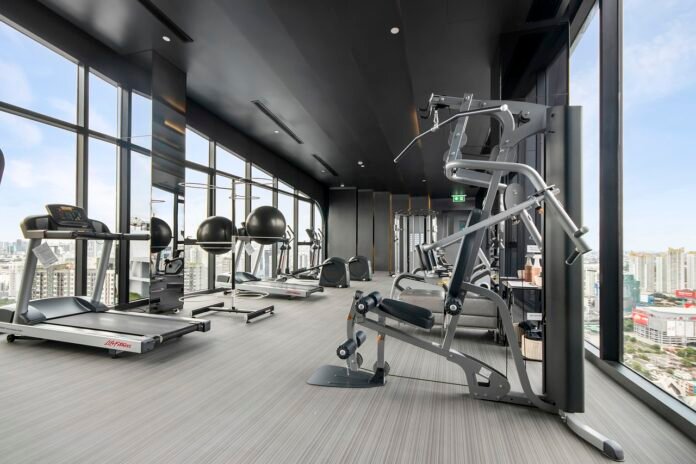Relocating fitness machines can be a daunting task, especially if you’re aiming for a stress-free move. Whether it’s a commercial gym transition or moving your home fitness equipment to a new location, the process requires careful planning, coordination, and execution to ensure that your valuable machinery reaches its destination in top condition. This article provides expert tips to help you navigate the complexities of moving fitness machines with ease.
- Plan Ahead
The key to a successful move lies in meticulous planning. Begin by evaluating the equipment you intend to move. Make a detailed inventory, noting down the dimensions, weight, and any special handling instructions for each piece. This information is crucial for arranging the appropriate transportation and manpower.
- Understand the Equipment
Fitness machines come in all shapes and sizes, from treadmills and ellipticals to weight machines and stationary bikes. Each type has its unique disassembly, handling, and reassembly requirements. Consult the user manual or the manufacturer’s website for specific instructions. If manuals are not available, consider reaching out to the manufacturer or a professional mover who specializes in fitness equipment.
- Gather Necessary Supplies
You’ll need the right tools and packing materials to disassemble, protect, and transport your equipment safely. This includes screwdrivers, wrenches, bubble wrap, moving blankets, and strong packing tape. For electronic equipment, it’s advisable to use antistatic packing materials to safeguard sensitive components.
- Disassemble with Care
Disassembling your equipment can reduce the risk of damage during the move and make the pieces easier to transport. Remove any parts that can be easily detached, such as weights, bars, and detachable benches, and secure small parts like screws and bolts in labeled bags. Take photos or videos during disassembly to serve as a guide for reassembly at your new location.
- Secure and Protect Your Equipment
Wrap each piece of equipment with moving blankets or bubble wrap, paying special attention to protruding parts and delicate areas. Secure the wrapping with packing tape, but ensure it doesn’t come into direct contact with the equipment’s surface to avoid damage. For particularly heavy or bulky items, consider using moving straps or a dolly to facilitate safer handling.
- Choose the Right Transportation
The size and weight of your fitness equipment will dictate the type of vehicle needed for transportation. For larger items, a moving truck with a lift gate is ideal. Ensure the interior of the vehicle is clean and has enough space to accommodate your equipment without stacking, which can lead to damage.
- Load with Care
When loading equipment onto the moving vehicle, distribute the weight evenly to maintain balance. Use straps to secure the equipment in place, preventing movement during transit. If possible, keep the equipment upright in its natural position to minimize stress on its components.
- Hire Professionals
If the prospect of moving your fitness equipment seems overwhelming, consider hiring professional movers who specialize in handling heavy and bulky items. They have the experience, equipment, and skills to ensure your fitness machines are moved safely and efficiently. While this may increase your moving costs, the peace of mind and reduced risk of damage can be well worth the investment. For convenient and efficient moving services, consider using Shiply for your large item delivery needs. Visit to know more https://www.shiply.com/large-item-delivery/
- Reassembly and Testing
Once at your new location, carefully reassemble your equipment, referring to the photos or videos taken during disassembly. If you’re not confident in your ability to reassemble the machines correctly, hiring a professional is advisable to ensure they are set up safely and functionally. After reassembly, test each piece of equipment to make sure it operates as expected before resuming your workout routine.
- Maintenance Check
Relocation is an excellent opportunity to perform a maintenance check on your fitness equipment. Clean all parts thoroughly and inspect for any signs of wear or damage. Lubricate moving parts according to the manufacturer’s recommendations to ensure smooth operation.
Conclusion
Moving fitness machines doesn’t have to be a stressful ordeal. With proper planning, careful handling, and attention to detail, you can ensure your equipment is transported safely and ready to use in its new home. Whether you decide to tackle the move yourself or enlist the help of professionals, following these expert tips can make the process as seamless and stress-free as possible. Remember, the goal is to resume your fitness routine with minimal disruption, ensuring your health and wellness journey continues without a hitch.


























